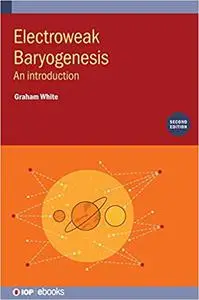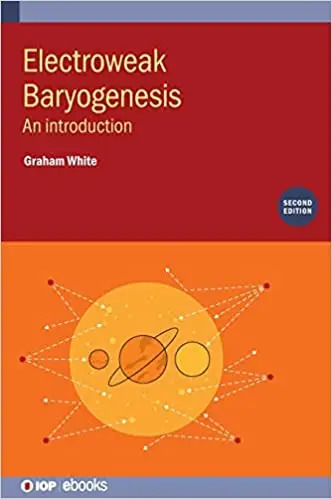Electroweak Baryogenesis (Second Edition)
by Graham White;
English | 2022 | ISBN: 0750335696 | 179 pages | True PDF | 11.18 MB
by Graham White;
English | 2022 | ISBN: 0750335696 | 179 pages | True PDF | 11.18 MB
This book introduces the theory and formalism of electroweak baryogenesis. It provides a pedagogical overview to help enable researchers to overcome the steep learning curve associated with entering this field, ensuring that the high energy physics community is adequately equipped to interpret the next generation of experimental results.
For the first time, this book draws together a range of topics essential to cutting-edge research into electroweak symmetry breaking, including thermal field theory, gravitational wave theory, dimensional reduction, topology and anomalies in quantum field theory as well as charged transport out of equilibrium. It covers the cosmic baryon asymmetry, the chiral anomaly, baryon violation in the Standard Model, the sphaleron, an introduction to thermal field theory, electroweak symmetry at high temperature, dynamics of the phase transitions, dimensional reduction, gravitational waves and charge transport.
This expanded second edition includes an overview of novel calculation techniques not covered in the first edition, as well as an updated discussion of gravitational waves, collider signatures and electric dipole moments.
It is an excellent reference for graduate students and researchers familiar with graduate level quantum field theory.
Key Features:
- Provides a pedagogical introduction to electroweak baryogenesis
- Covers topics such as thermal field theory, gravitational wave theory, dimensional reduction, topology and anomalies in quantum field theory as well as charged transport out of equilibrium
- Useful for both graduate-level particle physics and cosmology courses
- The second edition expands and updates the discussion of gravitational waves, collider signatures and electric dipole moments



